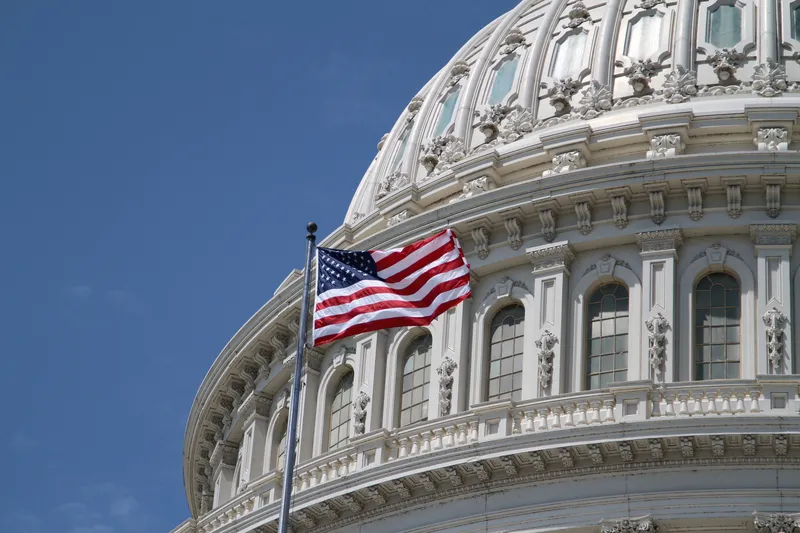The Mexican government has unveiled a US$587 billion national infrastructure plan for 2014-18. "The national infrastructure plan includes 743 programs," said finance and public credit minister Luis Videgaray during the plan's presentation.
April 30, 2014
Read time: 1 min
The Mexican government has unveiled a US$587 billion national infrastructure plan for 2014-18.
"The national infrastructure plan includes 743 programs," said finance and public credit minister Luis Videgaray during the plan's presentation.
The plan "makes the route ahead us very clear," listing each of the projects and investment required, "providing certainty" for all parties involved, said Mexico's President Enrique Peña Nieto.
The transport and communications ministry (SCT) will invest US$100 million, while the national environment ministry (Semarnat) expects to invest US$31.8 million in water infrastructure. The remainder of the funds will be channelled into health, energy, housing and tourism infrastructure projects.
Together with reforms such as the telecommunications and energy legislation passed over the past year, the national infrastructure plan is expected to grow the economy by 1.8 per cent by 2018, generating some 350,000 additional jobs each year.
"The national infrastructure plan includes 743 programs," said finance and public credit minister Luis Videgaray during the plan's presentation.
The plan "makes the route ahead us very clear," listing each of the projects and investment required, "providing certainty" for all parties involved, said Mexico's President Enrique Peña Nieto.
The transport and communications ministry (SCT) will invest US$100 million, while the national environment ministry (Semarnat) expects to invest US$31.8 million in water infrastructure. The remainder of the funds will be channelled into health, energy, housing and tourism infrastructure projects.
Together with reforms such as the telecommunications and energy legislation passed over the past year, the national infrastructure plan is expected to grow the economy by 1.8 per cent by 2018, generating some 350,000 additional jobs each year.









